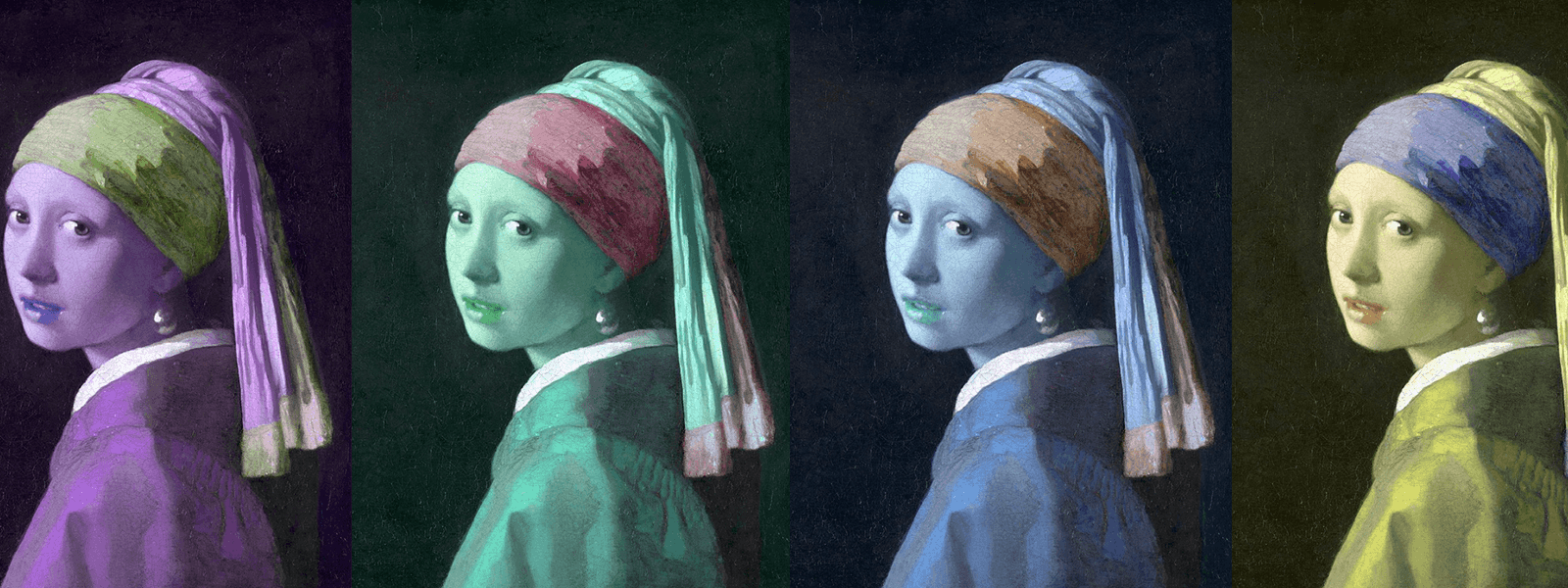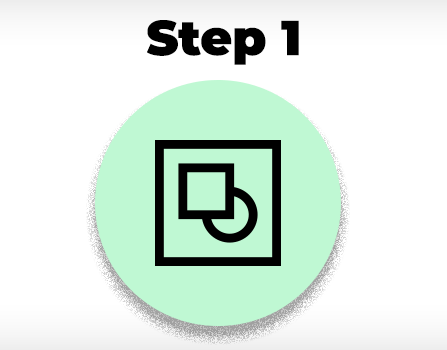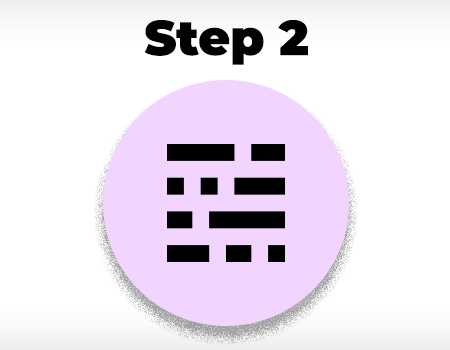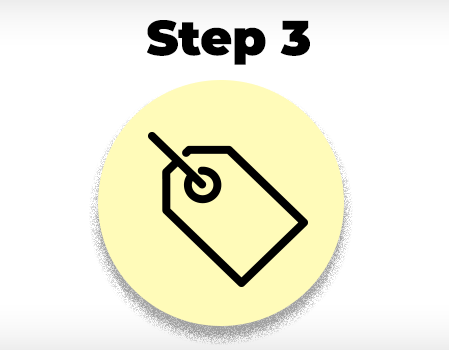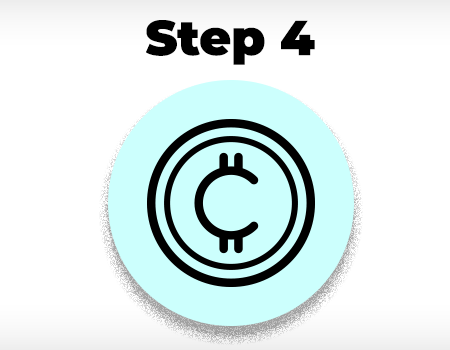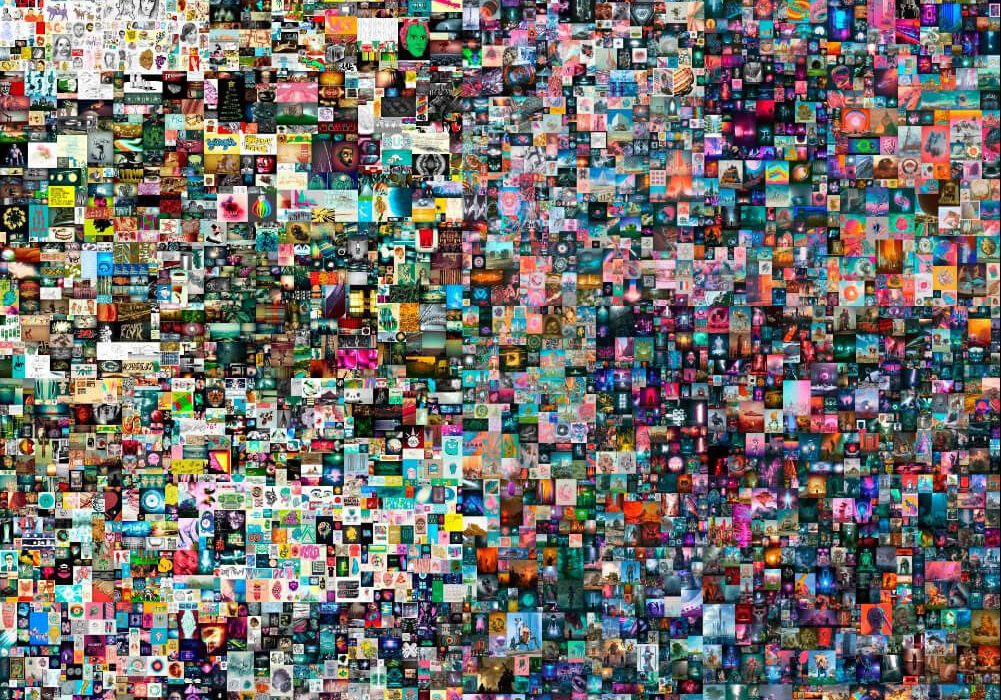How Technology is Creating an Exciting New Landscape for Digital Artists and Art Lovers
Non-Fungible Tokens (NFTs) have recently been popping up more and more in the mainstream news. But what are these curiously named entities? And why are they becoming increasingly synonymous with the fast-paced world of digital artwork?
Let’s look closer at NFTs, understand what they are, then examine their implications for the art sector – one that at Hookson we’re proud to be immersed in.
Fungible. A Word of Worth
Now fungible might sound like the name of a character – an ogre, maybe, or a troll – from the latest Disney film. But the word just means freely tradeable, identical and/or exchangeable.
A real-life example of a fungible asset is a ten-pound note. If you loan a friend a tenner and she pays you it back via two fivers that’s fungibility in action. If she pays you back with just one fiver, well that’s a scam in action.
Gold. Oil. Boxes of cornflakes. These items possess fungibility because they hold the same properties and values of other items. So our two fivers, again, hold equal value to our one tenner.
The word’s been around for centuries, so it’s not even a fancy new one. But it’s one that’s only recently leapt from the sanctums of industries like finance and economics and out to the wider world.
OK, But What’s Non-Fungible all About?
If a thing is non-fungible it’s unique. You can’t exchange it with something else of its own kind. Diamonds, for example, are non-fungible because each stone displays unique properties – size, cut, colour – that determine value.
A famous example from the world of art would be the Mona Lisa. Sure, you can own a print or a postcard of that mysterious lady, but there will only ever be one original. That’s of course an easy concept to apply to such a famous physical asset.
But what about a piece of digital art: a work that the press of a key can reproduce? Well the response to that query is at the heart of how NFTs are shaking up the art world. Let’s explore further.
